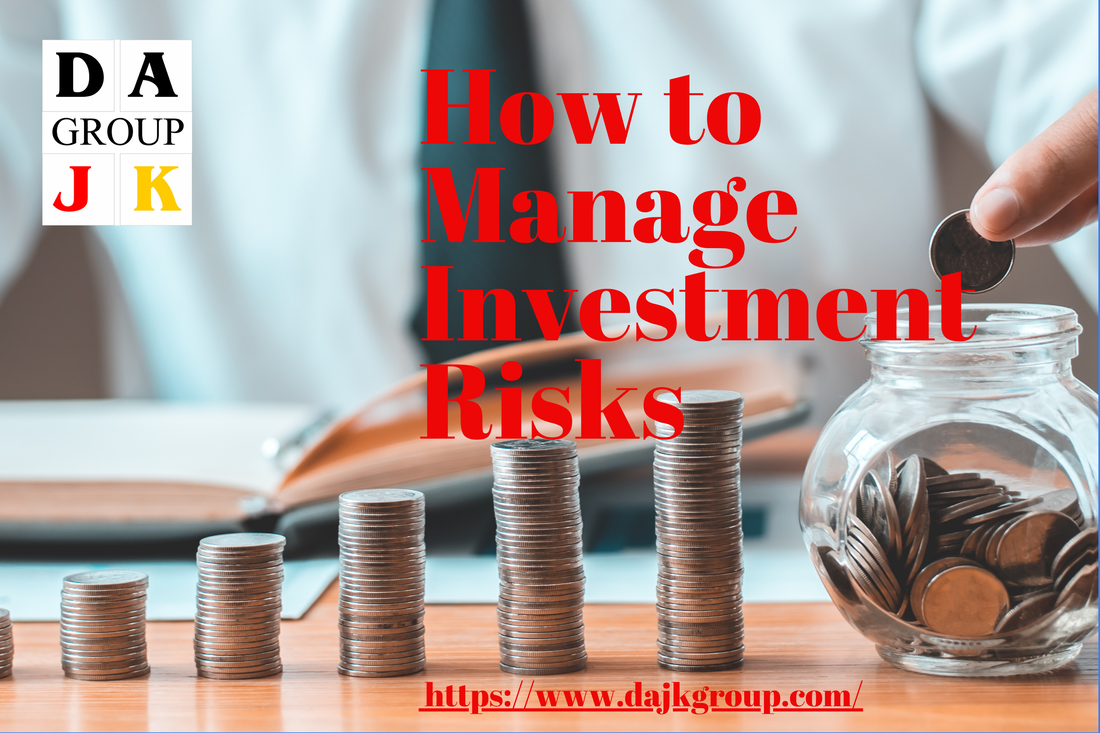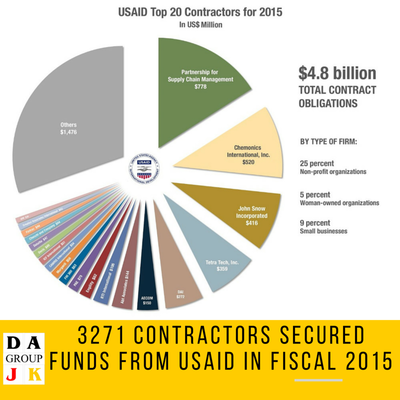|
Highlights:
Investing in the financial markets can be a rewarding endeavor, but it also comes with inherent risks. Whether you are a seasoned investor or just starting out, it is essential to have a solid risk management strategy in place. By following key principles such as consistency, long-term focus, diversification, hedging, and implementing self-imposed rules like stop loss and take profit, you can effectively manage investment risks and increase your chances of success. In this article, we will delve into each of these strategies and explore how they can help protect and grow your investment portfolio. Consistency is key when it comes to managing investment risks. It involves having a disciplined approach to investing and sticking to your predetermined investment plan. This means avoiding impulsive decisions based on short-term market fluctuations or emotional reactions to market volatility. Consistency helps to eliminate the temptation of trying to time the market, which is notoriously difficult to do consistently. Instead, focus on a long-term investment horizon and resist the urge to make frequent changes to your portfolio. By staying consistent with your investment strategy, you can ride out short-term market fluctuations and potentially benefit from long-term growth.Investing in the financial markets can be a rewarding endeavor, but it also comes with inherent risks. Whether you are a seasoned investor or just starting out, it is essential to have a solid risk management strategy in place. By following key principles such as consistency, long-term focus, diversification, hedging, and implementing self-imposed rules like stop loss and take profit, you can effectively manage investment risks and increase your chances of success. In this article, we will delve into each of these strategies and explore how they can help protect and grow your investment portfolio. A long-term focus is another crucial aspect of managing investment risks. It involves looking beyond day-to-day market movements and focusing on the overall performance of your investments over an extended period. Short-term volatility is a common occurrence in the financial markets, but it often evens out over the long run. By adopting a long-term perspective, you can avoid making knee-jerk reactions to temporary market downturns and remain committed to your investment strategy. This approach allows you to benefit from the power of compounding and the potential for higher returns that come with long-term investment horizons. Diversification is often referred to as the only free lunch in investing. It involves spreading your investments across different asset classes, sectors, and geographic regions. By diversifying your portfolio, you can reduce the impact of any single investment or market segment on your overall returns. For example, if you have a portfolio consisting solely of technology stocks, a downturn in the technology sector could significantly impact your investments. However, by diversifying your portfolio to include other sectors such as healthcare, consumer goods, or real estate, you can mitigate the risk associated with any single sector. Diversification provides a level of protection and can potentially enhance your risk-adjusted returns. Hedging is a risk management strategy that involves taking offsetting positions to protect against adverse price movements. While hedging can be complex and may not be suitable for all investors, it can be an effective tool in managing specific risks. One common hedging technique is to use derivatives such as options or futures contracts. For example, if you own a portfolio of stocks and are concerned about a potential market downturn, you can purchase put options to offset any potential losses. If the market does indeed decline, the value of the put options would increase, offsetting the losses in your stock portfolio. Hedging strategies should be carefully considered and implemented with the guidance of a knowledgeable financial professional. Stop loss and take profit orders are self-imposed rules that can help you manage risk and protect your investments. A stop loss order is a pre-determined price at which you are willing to sell an investment to limit potential losses. By setting a stop loss order, you can establish a maximum acceptable loss on a particular investment. If the price reaches or falls below the stop loss level, the order is triggered, and the investment is sold automatically. Take profit orders work in a similar way but are used to lock in profits. By setting a take profit order, you can specify a target price at which you are willing to sell an investment to secure gains and capitalize on positive market movements. Once the target price is reached or surpassed, the take profit order is triggered, and the investment is sold automatically. Implementing stop loss and take profit orders can help you avoid emotional decision-making and ensure that you adhere to your predetermined risk tolerance levels. These orders provide a level of discipline and protection by limiting potential losses and securing profits. However, it is important to set these levels carefully, taking into account the volatility of the investment and your individual risk appetite. It is also essential to regularly review and adjust these orders as market conditions change. In addition to specific strategies like diversification, hedging, and using stop loss and take profit orders, it is crucial to establish self-imposed rules for your investment activities. These rules serve as a set of guidelines or principles that govern your decision-making process. They can help you maintain discipline, avoid impulsive actions, and stay focused on your long-term investment objectives. Self-imposed rules can vary depending on your personal investment style and goals, but here are a few examples:
Remember that risk management is an ongoing process. As the financial markets evolve, your risk management strategies should also adapt. Regularly assess your investment portfolio, review your risk management techniques, and make adjustments as needed. Additionally, consider seeking advice from financial professionals who can provide valuable insights and guidance tailored to your specific investment goals and risk tolerance. In conclusion, effectively managing investment risks requires a combination of strategies and self-imposed rules. Consistency and a long-term focus help you avoid impulsive decisions and benefit from the power of compounding. Diversification and hedging reduce exposure to specific risks, while stop loss and take profit orders protect against adverse market movements. Self-imposed rules provide discipline and guidance in your investment activities. By incorporating these principles into your investment strategy, you can navigate the challenges of the financial markets and increase your chances of long-term success. Disclaimer: The information provided in this blog post is for educational purposes only and should not be considered as financial advice. Investing in financial markets involves risk, and past performance is not indicative of future results. Always do your own research and consult with a qualified financial professional before making investment decisions.
0 Comments
Leave a Reply. |
AuthorDAJK GROUP is the place where investors, business owners and entrepreneurs can research and find useful information, insight, resources, advice, guidance and inspiration for acquiring funds for their project, acquisition for their net lease commercial real estate, increasing their assets and running their profitable business. Archives
July 2023
Categories |
Services |
Company |
|


































